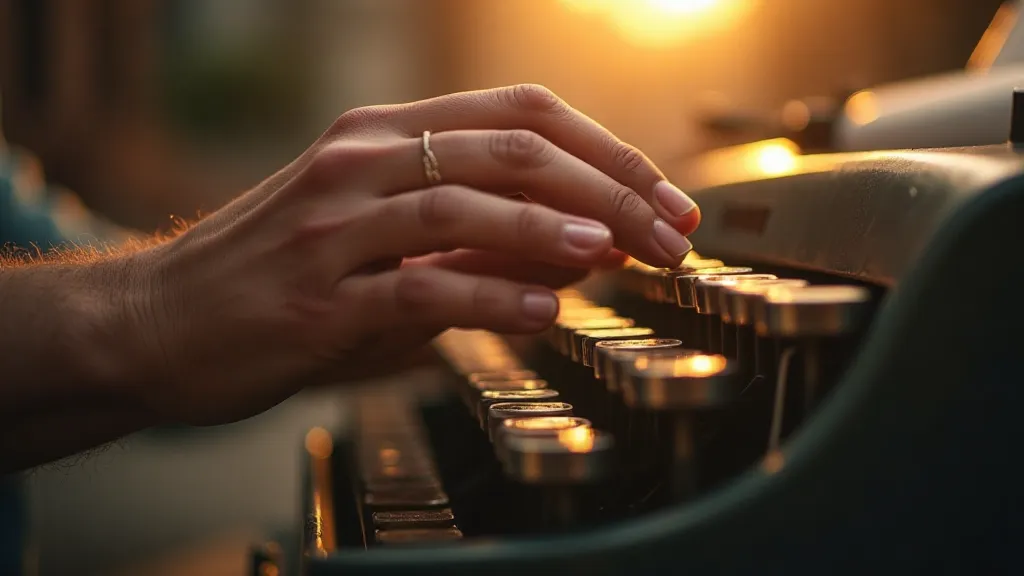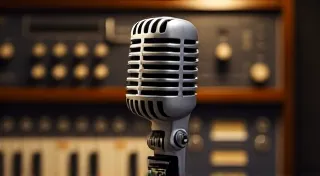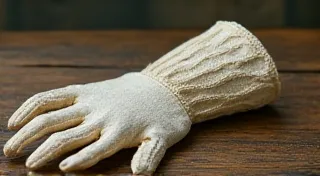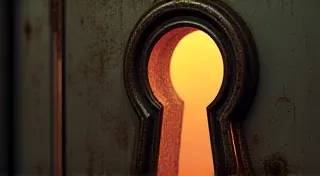Cartography of Silence: Mapping the Landscape of Antique Equipment
There’s a certain hush that clings to antique typewriters, a quiet born not of disuse, but of a deeply held memory. It’s the silence of concentrated thought, of letters composed with deliberate precision, of stories born from the clatter of keys. And central to that silence, intrinsic to the character of each machine, lies the ribbon – a fragile, often overlooked element holding within it a history as rich and layered as the stories it helped create.
My grandfather, a meticulous accountant, possessed an Underwood No. 6. It wasn't just a tool for him; it was a companion. I remember, as a child, being allowed to sit beside him while he worked, mesmerized by the rhythmic clicking and the satisfying imprint on the paper. He kept his ribbons meticulously – stored in little paper envelopes, each labelled with the date and purpose. Those ribbons weren’t simply office supplies; they were chapters in his life, physical manifestations of his dedication and legacy. The faint smell of ink and aging paper still evokes a profound sense of connection to him.
The Ribbon’s Geography: Early Forms and Materials
To truly appreciate restoring vintage typewriter ribbons, it’s crucial to understand their evolution. Early typewriter ribbons – and we’re talking back to the late 19th century – were a far cry from the sleek, plasticized spools we might associate with later machines. They were initially crafted from lengths of fabric, typically linen or cotton, coated with a mixture of dyes and oils. These early ribbons were notoriously unreliable. The ink tended to smudge, bleed, and fade quickly, demanding frequent replacements and contributing to the high running costs of early typewriters.
The manufacturing process itself was painstaking. Ribbons were often hand-painted or dipped into dye vats, resulting in variations in color saturation and consistency. The fabric itself had to be carefully prepared – washed, stretched, and treated to ensure proper adhesion of the ink. The entire operation was labor-intensive, a testament to the dedication of the artisans involved. Examining a very old ribbon under magnification can often reveal traces of these manufacturing imperfections, small specks of uncolored fabric, or inconsistencies in the ink application – these are not flaws, but unique signatures of their creation.
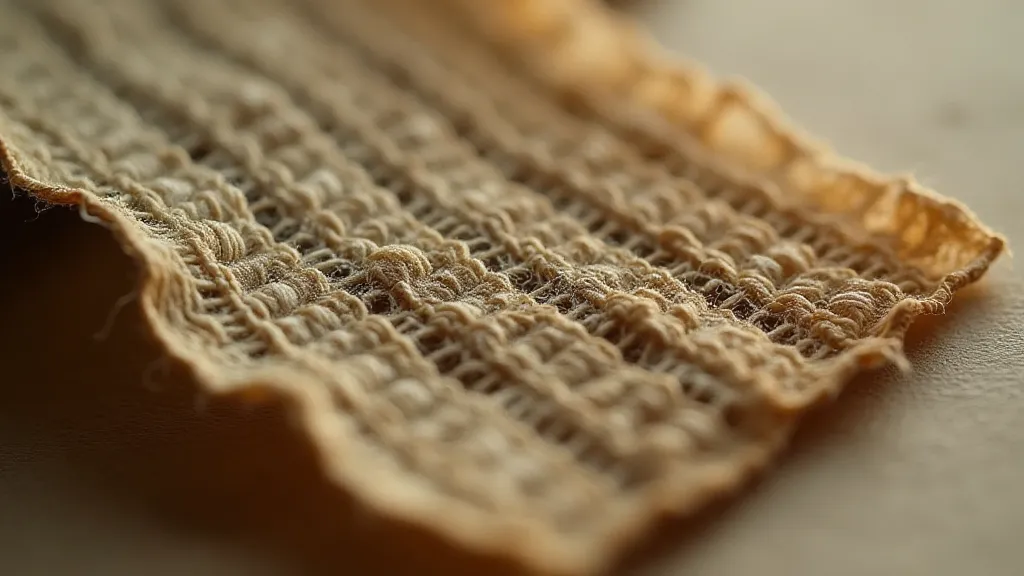
The Rise of Celluloid and Nylon: Mapping Technological Advancements
The dawn of the 20th century brought significant changes. Celluloid, a flexible plastic derived from cellulose, revolutionized the ribbon industry. Suddenly, ribbons could be manufactured on spools, offering greater convenience and durability. The ink was also improving, becoming more resistant to fading and smudging. This was a pivotal moment, transitioning the ribbon from a fragile, almost ephemeral item to a more reliable, long-lasting component of the typewriter.
The mid-century saw the introduction of nylon, a synthetic polymer that further enhanced the ribbon’s performance. Nylon ribbons were even more resilient than celluloid, capable of withstanding the stresses of repeated use. They also offered a wider range of colors, adding a new dimension to the typewriter’s aesthetic possibilities. Different manufacturers experimented with various color formulations, creating nuanced shades of black, blue, and even red – colors that subtly influenced the overall tone and character of the typed documents.
Color Palettes and Their Significance
Consider the subtle shift in color palettes over time. Early ribbons were almost exclusively black, reflecting the seriousness and formality of the business world. As the typewriter became more integrated into personal correspondence and creative writing, the availability of other colors expanded. Blue ribbons, for example, became popular for interoffice communications, conveying a sense of informality and approachability. Red ribbons, rarer but increasingly sought after, added a touch of vibrancy and personality. The choice of ribbon color wasn't just aesthetic; it was a conscious decision that reflected the writer's intentions and the context of the writing.
These color variations offer valuable clues for collectors and restoration enthusiasts. A faded blue ribbon discovered in a vintage filing cabinet might suggest a specific department or function within a company. A vibrant red ribbon tucked away in a novelist’s desk could hint at the creative spirit of the writer. Each ribbon tells a story, waiting to be deciphered.
The Landscape of Restoration: Preserving the Legacy
Restoring vintage typewriter ribbons isn't about returning them to a pristine, factory-fresh condition. It's about preserving their character, their history, their inherent beauty. Over time, ribbons become brittle, the ink fades, and the spools can become damaged. Direct sunlight and improper storage accelerate this deterioration. The process of restoration requires a delicate touch, an understanding of the materials involved, and a respect for the ribbon's age.
Often, the most valuable aspect of restoration is careful cleaning. Gentle removal of dust and surface grime can reveal surprising levels of detail and vibrancy in the ink. Sometimes, re-spooling a ribbon onto a functional spool can improve its appearance and usability. However, attempts to re-ink a faded ribbon are generally discouraged, as they often result in an artificial and uneven appearance.
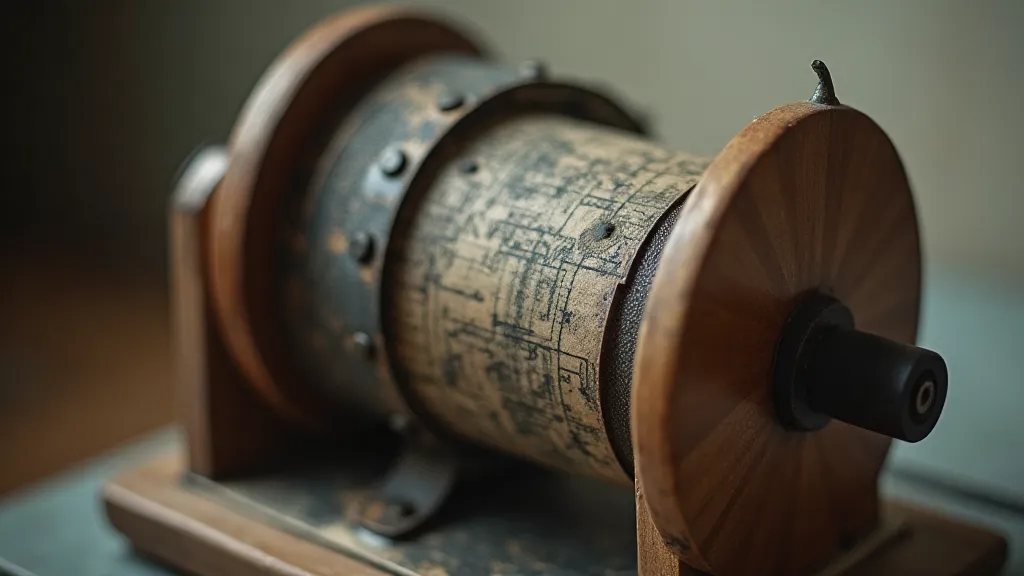
Beyond the Object: An Echo of Human Connection
The act of restoring a vintage typewriter ribbon is more than just a technical exercise; it's a form of connection to the past. It’s a way of honoring the craftsmanship of the original manufacturers, the dedication of the writers who used these machines, and the enduring power of the written word. Holding a restored ribbon in your hand, feeling the texture of the fabric, and imagining the stories it helped create – that's a profoundly moving experience.
My grandfather’s Underwood No. 6, with its carefully preserved ribbons, wasn’t just a machine; it was a time capsule, a repository of memories. Though he's gone, the echoes of his work, the clatter of the keys, the faint scent of ink, remain – preserved within those fragile ribbons, silent witnesses to a life well-lived. They remind us that even the smallest, most overlooked objects can hold immense historical and emotional significance. And that preserving these fragments of the past is a vital act of remembrance, a way of keeping the stories alive.
The study and preservation of these seemingly humble office supplies reveals a rich and complex history, a cartography of silence mapping the landscape of human endeavor and creative expression. It’s a landscape worth exploring, a testament to the enduring power of the written word, and the enduring legacy of those who used these remarkable machines to shape our world.
